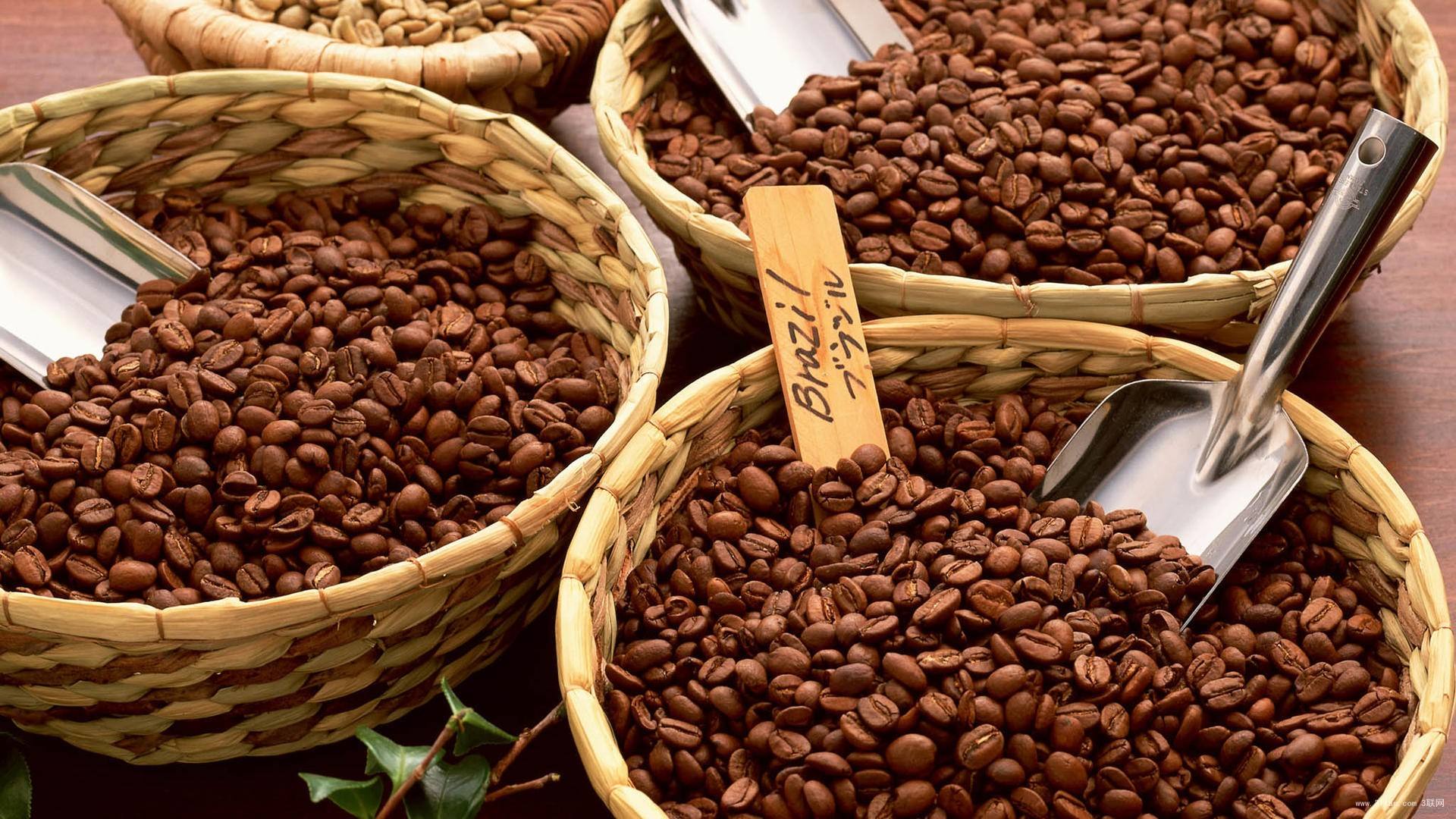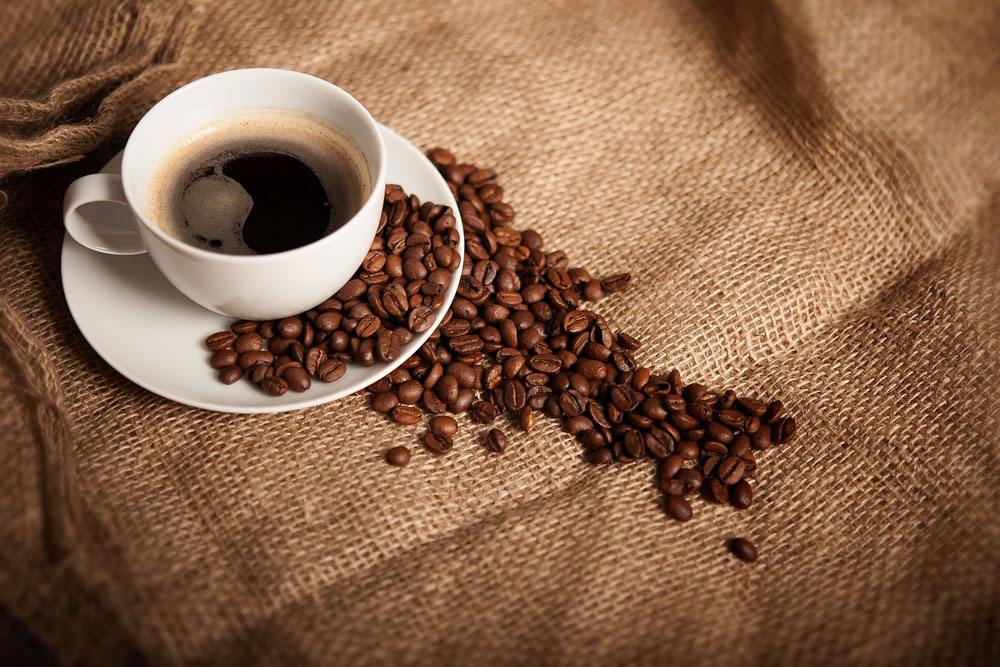Introduction to Hawaiian Coffee, Hawaiian Kona Coffee
Follow the caf é (Wechat official account vdailycom) and found that Beautiful Cafe opened a small shop of its own.
Coffee in Hawaii is relatively expensive, mainly because labor costs are higher than in other places. But when you see those high-quality beans at the Rusty Farm, you will naturally feel that the money is well spent. Lori asked pickers to pick only all-red coffee fruits, similar to the way they pick the best strawberries at a farmer's market. She doesn't want fruits with green, semi-ripe or brown skins.
According to Lori's picking standards, a worker can pick 5.5 kilograms of ripe fruit per hour and produce 0.9 kilograms of ripe beans.

In addition, each batch of beans has to be processed for several hours.
"it's not that Hawaiian coffee is overpriced," Miguel said. "it's that coffee beans elsewhere are undervalued."
Each year, the 6000 coffee trees at Rusty Farm (sparse than originally planted) each produce only about 0.45kg of raw coffee beans. Most farms grow four varieties: Guatemalan Iron pickup, Yellow Kadura, Red Kadura and Red bourbon. The harvest season of caffeine, known as "cloud rest", usually lasts from November to May, and the rest of the time, Rory buys fresh coffee cherries from other coffee farmers, depending on the altitude.
Lori handled all the coffee fruits in his own way, according to high standards.
After the coffee fruit was picked, it was sent to Lori's house in Pahara for processing, about 10 minutes from the top of the farm. Processing is usually done on the day of picking, which means that Lori and Miguel, Pitt and others have to work late for eight to 10 months a year.
Lori changes the way it is handled according to variety, weather and customer needs, and the first step in all ways is to "float" the coffee fruit, that is, soaking it in water, which is a common practice in the industry.
All floating fruits are removed because of their low density, poor growth, and lack of flavor and sweetness. Then, unlike many industry competitors, Lori and other employees are careful to pick out fruits that are too ripe or unripe, as well as those that look uneven, red or yellow.
After screening, Lori began to deal with it.
Hawaii is the only state in the United States that grows coffee beans, mainly on five islands. About 580 coffee farmers grow about 6800 acres of coffee, with an annual output of about $10.4 million. Experts estimate that Hawaii is likely to double its current annual coffee bean production of 4 million pounds in the next decade.
Of the five islands in Hawaii, Kaua'i has the largest coffee production, with 4000 acres, Big Island second with 1800 acres, Moloka'i third with 550acres, and the rest from Maui and O'ahu.
Kona Coffee (Kona Coffee)
The most famous coffee in Hawaii is Kona coffee, which is grown in the Kona Coffee Belt on the southwest corner of the Big Island, the only place in the United States where coffee is grown commercially for more than a century.
Hawaiian coffee has strict grading standards. Extra Fancy 19-mesh KONA is the highest grade and the lowest annual output, and there are only a small number of coffee available on a manor, followed by Fancy (17-18 items), and then KONA # 1, which is the opposite of Blue Mountain Coffee. If anyone comes to say that I want to buy the best Kona No. 1 coffee, it will probably be laughed at by the locals. Hawaiian Kona coffee beans, which are outside these grades, are collectively referred to as Hawaiian coffee and cannot be called 100% pure Kona.
This Kona comes from Queen Farm, Queen's Farm. In 2009, he won the runner-up title in the 2011 Geberia (Hawaii KONA Review) Cup Grand Prix. 70% of the harvest there is one of the top premium boutique beans, a farm known for its high quality. Even, the boutique beans which are slightly worse than it also have the fragrance of super-grade boutique beans. People in the baking industry are amazed and full of praise!
The coffee beans here are all picked by hand, irrigated and dried naturally before leaving the factory.
The level of this Kona is the top Extra Fancy.
It smells of chocolate and vanilla, with medium brightness and refreshing acidity. The palate shows lavender, tangerine, a little cinnamon, a little nutty, and a very consistent taste, with obvious aromas of lavender and tangerine in the nose.
Blue Mountain is the king, Kona is the queen. But Kona's rich and delicate taste is not available in the balanced and smooth Blue Mountains. If you are interested, you can make an appointment with us for baking. You are also welcome to visit our shop and drink a variety of freshly baked top coffee beans.
Important Notice :
前街咖啡 FrontStreet Coffee has moved to new addredd:
FrontStreet Coffee Address: 315,Donghua East Road,GuangZhou
Tel:020 38364473
- Prev

The flavor of Colombian coffee beans, the efficacy of Colombian coffee beans
Following Cafe Review (Wechat official account vdailycom) found that Fairview Cafe opened its own shop Colombian Coffee flavors Colombian Coffee has a silky texture. Colombian coffee is equated with high quality and good taste. It is sweet in acid, low in bitterness, rich in nutrition, with unique sour and mellow taste, sour,
- Next

Introduction of Hawaiian coffee flavor, Hawaiian coffee growing area
Following Cafe Review (Wechat official account vdailycom) found that the coffee in Hawaii has the characteristics of strong sour, mellow and tropical flavor. Fragrant, similar to Blue Mountain Coffee, but with a little bitterness in the mouth, giving people a feeling of vicissitudes and maturity, suitable for drinking alone at dusk. Flavor: smooth, fragrant, attractive
Related
- Detailed explanation of Jadeite planting Land in Panamanian Jadeite Manor introduction to the grading system of Jadeite competitive bidding, Red bid, Green bid and Rose Summer
- Story of Coffee planting in Brenka region of Costa Rica Stonehenge Manor anaerobic heavy honey treatment of flavor mouth
- What's on the barrel of Blue Mountain Coffee beans?
- Can American coffee also pull flowers? How to use hot American style to pull out a good-looking pattern?
- Can you make a cold extract with coffee beans? What is the right proportion for cold-extracted coffee formula?
- Indonesian PWN Gold Mandrine Coffee Origin Features Flavor How to Chong? Mandolin coffee is American.
- A brief introduction to the flavor characteristics of Brazilian yellow bourbon coffee beans
- What is the effect of different water quality on the flavor of cold-extracted coffee? What kind of water is best for brewing coffee?
- Why do you think of Rose Summer whenever you mention Panamanian coffee?
- Introduction to the characteristics of authentic blue mountain coffee bean producing areas? What is the CIB Coffee Authority in Jamaica?

